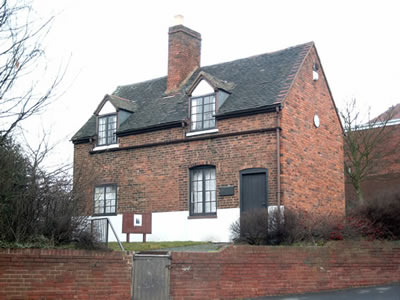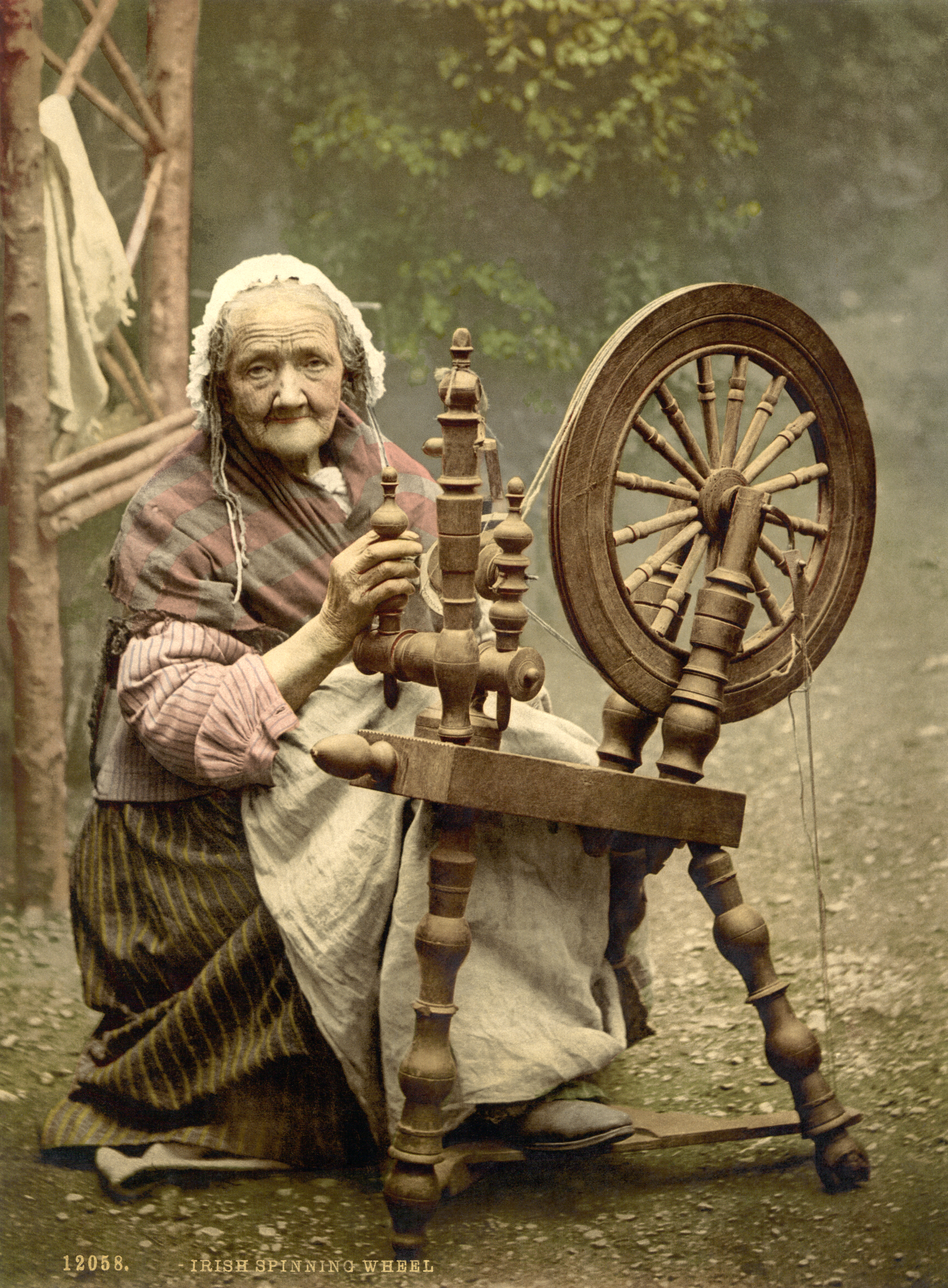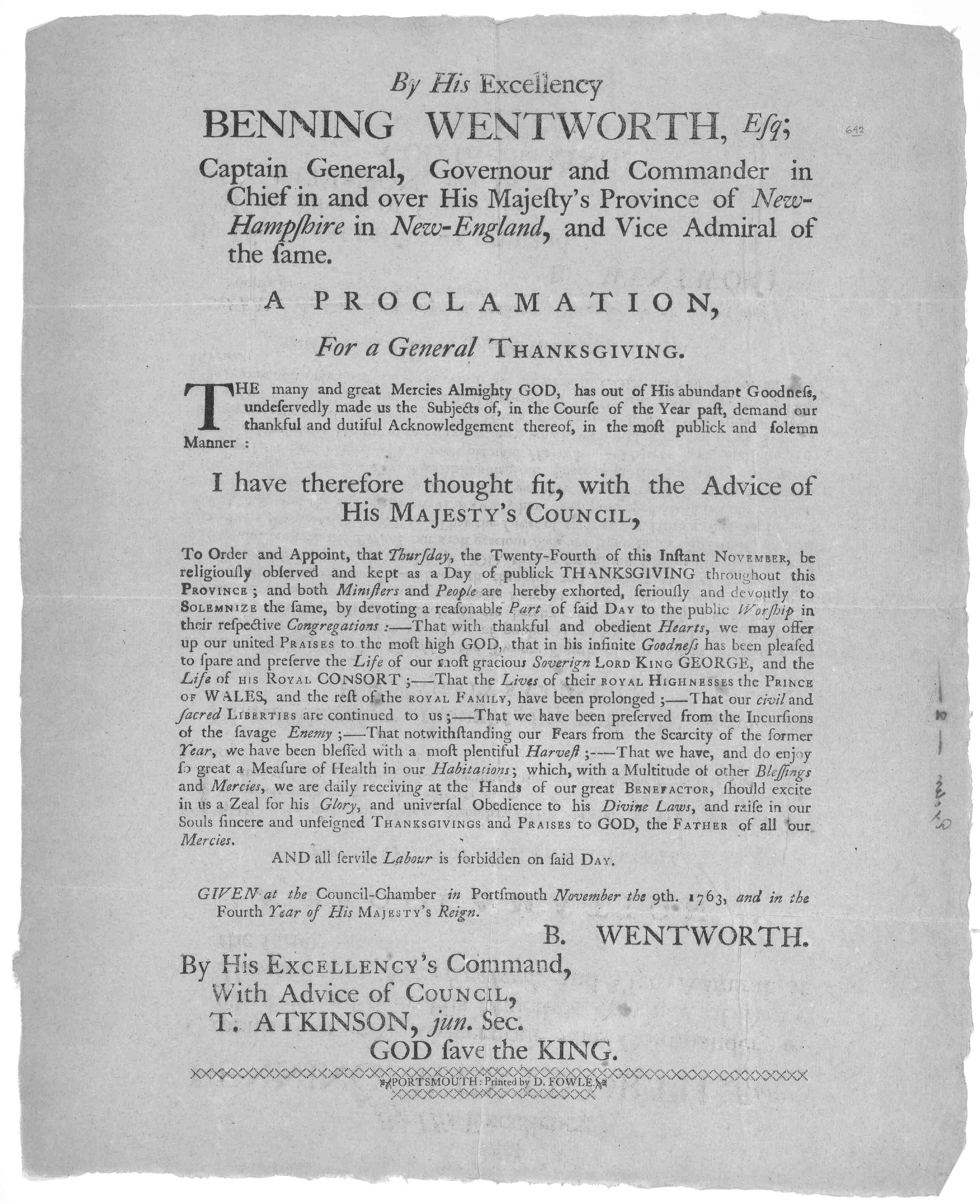|
Chesterfield, New Hampshire
Chesterfield is a town in Cheshire County, New Hampshire, United States. The population was 3,552 at the 2020 census. It includes the villages of Spofford and West Chesterfield. Chesterfield is home to Spofford Lake, Chesterfield Gorge Natural Area, and parts of Pisgah State Park and Wantastiquet Mountain State Forest. History Granted in 1735 by Governor Jonathan Belcher of Massachusetts, this town was the site of Fort Number 1, first in the line of forts bordering the Connecticut River. After the border between Massachusetts and New Hampshire was fixed, the town was incorporated on February 11, 1752Article i''Statistics and Gazetteer of New-Hampshire'' (1875)/ref> by Governor Benning Wentworth as Chesterfield, named for Philip Stanhope, 4th Earl of Chesterfield. The first settlers were Moses Smith and William Thomas, who, with their families, came up the Connecticut in canoes, in the fall of 1761. Their chief subsistence through the winter and spring of their first year ... [...More Info...] [...Related Items...] OR: [Wikipedia] [Google] [Baidu] |
Cheshire County, New Hampshire
Cheshire County is a county in the southwestern portion of the U.S. state of New Hampshire. As of the 2020 census, the population was 76,458. Its county seat is the city of Keene. Cheshire was one of the five original counties of New Hampshire, and is named for the county of Cheshire in England. It was organized in 1771 at Keene. Sullivan County was created from the northern portion of Cheshire County in 1827. Cheshire County comprises the Keene, NH Micropolitan Statistical Area. Geography According to the U.S. Census Bureau, the county has an area of , of which is land and (3.1%) is water. The highest point in Cheshire county is Mount Monadnock, in the northwestern part of Jaffrey, at . Adjacent counties * Sullivan County (north) * Hillsborough County (east) * Worcester County, Massachusetts (southeast) * Franklin County, Massachusetts (southwest) * Windham County, Vermont (west) Geographical landmarks * Mount Monadnock * Pisgah State Park Demographics 2000 ... [...More Info...] [...Related Items...] OR: [Wikipedia] [Google] [Baidu] |
Pisgah State Park
Pisgah State Park is a public recreation area located in the Cheshire County towns of Winchester, Chesterfield and Hinsdale in New Hampshire. It is the largest state park in New Hampshire and contains a complete watershed north of the Ashuelot River, seven ponds, four highland ridges, numerous wetlands, and a parcel of old-growth forest. Geography The park occupies portions of three towns in southwestern New Hampshire: are in Winchester, the northern are in Chesterfield, and the westernmost are in Hinsdale. Elevations in the park range from above sea level along the Ashuelot River at the southwestern corner of the park to at the summit of Hubbard Hill near the park's northwestern boundary. The largest water body is the Pisgah Reservoir/Round Pond, west of the center of the park. The Kilburn Pond is near the western border.NH GRANIT database C ... [...More Info...] [...Related Items...] OR: [Wikipedia] [Google] [Baidu] |
Asbury United Methodist Church (Chesterfield, New Hampshire)
The Asbury United Methodist Church is a historic Methodist church on NH 63 in Chesterfield, New Hampshire. It has been termed the "mother church of Methodism in New Hampshire", and is home to the state's oldest continuously running Methodist congregation, organized in 1795. The building, constructed in 1844, is a prominent local example of Greek Revival architecture, and was listed on the National Register of Historic Places in 1983. Description and history The Asbury United Methodist Church is located in the town center of Chesterfield, on the east side of New Hampshire Route 63. It is a 1½-story wood-frame structure, rectangular in shape, with a gable roof, and a tower rising from its front (northwestern) facade. The main facade is divided into three bays by four pilasters, with entrances on the two outer bays and a window in the center. An uncovered porch extends across the facade, with a latticework railing and a broad centered stair. The tower is a two-stage square struct ... [...More Info...] [...Related Items...] OR: [Wikipedia] [Google] [Baidu] |
Francis Asbury
Francis Asbury (August 20 or 21, 1745 – March 31, 1816) was one of the first two bishops of the Methodist Episcopal Church in the United States. During his 45 years in the colonies and the newly independent United States, he devoted his life to ministry, traveling on horseback and by carriage thousands of miles to those living on the frontier. Asbury spread Methodism in British colonial America as part of the Second Great Awakening. He also founded several schools during his lifetime, although his own formal education was limited. His journal is valuable to scholars for its account of frontier society, with references to many towns and villages in Colonial America. Biography Childhood and adolescence Francis Asbury was born at Hamstead Bridge, Staffordshire, England on August 20 or 21, 1745, to Elizabeth and Joseph Asbury. The family moved to a cottage at Great Barr, Sandwell, the next year. His boyhood home still stands and is open as Bishop Asbury Cottage museum. Soo ... [...More Info...] [...Related Items...] OR: [Wikipedia] [Google] [Baidu] |
Methodist
Methodism, also called the Methodist movement, is a group of historically related Christian denomination, denominations of Protestantism, Protestant Christianity whose origins, doctrine and practice derive from the life and teachings of John Wesley. George Whitefield and John's brother Charles Wesley were also significant early leaders in the movement. They were named ''Methodists'' for "the methodical way in which they carried out their Christian faith". Methodism originated as a Christian revival, revival movement within the 18th-century Church of England and became a separate denomination after Wesley's death. The movement spread throughout the British Empire, the United States, and beyond because of vigorous Christian mission, missionary work, today claiming approximately 80 million adherents worldwide. Wesleyan theology, which is upheld by the Methodist churches, focuses on sanctification and the transforming effect of faith on the character of a Christians, Christian ... [...More Info...] [...Related Items...] OR: [Wikipedia] [Google] [Baidu] |
Philip Embury
Philip Embury (Ballingrane, County Limerick, Ireland, 21 September 1729 – Camden Valley, New York, August 1775) was a Methodist preacher, a leader of one of the earliest Methodist congregations in the United States. Biography Embury's parents were members of the colony of Germans that emigrated from the Palatinate to Ireland early in the eighteenth century, and in which Wesley labored with great success. The colony had formed from Protestant Germans forced to abandon their farms on the Rhine due to French Catholic raids and a harsh winter. In 1709 Queen Anne of England accepted the refugees, settling a group of families in Catholic Ireland to boost the Protestant presence. Embury was educated at a school near Ballingrane, County Limerick, Ireland, and learned the carpenter's trade. He was converted on Christmas day, 1752, became a local preacher at Court-Matrix in 1758, and married Margaret Switzer that fall.Dee E. Andrews, "Embury, Philip," ''American National Biography'', New ... [...More Info...] [...Related Items...] OR: [Wikipedia] [Google] [Baidu] |
Spinning Wheel
A spinning wheel is a device for spinning thread or yarn from fibres. It was fundamental to the cotton textile industry prior to the Industrial Revolution. It laid the foundations for later machinery such as the spinning jenny and spinning frame, which displaced the spinning wheel during the Industrial Revolution. Function The basic spinning of yarn involves taking a clump of fibres and teasing a bit of them out, then twisting it into a basic string shape. The spinner continues pulling and twisting to make it longer and longer, and to control the thickness. Thousands of years ago, people began doing this onto a stick, called a spindle, which was a very lengthy process. The actual wheel part of a spinning wheel does not take the place of the spindle, instead it automates the twisting process, allowing one to "twist" the thread without having to constantly do so manually, and also the size of the wheel lets one more finely control the amount of twist. The thread still ends ... [...More Info...] [...Related Items...] OR: [Wikipedia] [Google] [Baidu] |
Shad
The Alosinae, or the shads,Alosinae ITIS are a subfamily of fishes in the family Clupeidae. The subfamily comprises seven genera worldwide, and about 30 species. , [...More Info...] [...Related Items...] OR: [Wikipedia] [Google] [Baidu] |
Atlantic Salmon
The Atlantic salmon (''Salmo salar'') is a species of ray-finned fish in the family Salmonidae. It is the third largest of the Salmonidae, behind Siberian taimen and Pacific Chinook salmon, growing up to a meter in length. Atlantic salmon are found in the northern Atlantic Ocean and in rivers that flow into it. Most populations are anadromous, hatching in streams and rivers but moving out to sea as they grow where they mature, after which the adults seasonally move upstream again to spawn. When the mature fish re-enter rivers to spawn, they change in colour and appearance. Some populations of this fish only migrate to large lakes, and are "landlocked", spending their entire lives in freshwater. Such populations are found throughout the range of the species. Unlike Pacific species of salmon, ''S. salar'' is iteroparous, which means it can survive spawning and return to sea to repeat the process again in another year. Such individuals can grow to extremely large sizes, altho ... [...More Info...] [...Related Items...] OR: [Wikipedia] [Google] [Baidu] |
Earl Of Chesterfield
Earl of Chesterfield, in the County of Derby, was a title in the Peerage of England. It was created in 1628 for Philip Stanhope, 1st Baron Stanhope. He had been created Baron Stanhope, of Shelford in the County of Nottingham, in 1616, also in the Peerage of England. Stanhope's youngest son, the Hon. Alexander Stanhope, was the father of James Stanhope, 1st Earl Stanhope, while his half-brother Sir John Stanhope of Elvaston was the great-grandfather of William Stanhope, 1st Earl of Harrington. Subsequent history Lord Chesterfield's great-great-grandson, the fourth Earl, was a politician and man of letters and notably served as Lord Lieutenant of Ireland and as Secretary of State for the Northern Department. He also achieved posthumous renown for his ''Letters to his Son''. He was succeeded by his third cousin once removed, the fifth Earl. He was the son of Arthur Charles Stanhope, son of the Reverend Michael Stanhope, grandson of the Hon. Arthur Stanhope, younger son of th ... [...More Info...] [...Related Items...] OR: [Wikipedia] [Google] [Baidu] |
Philip Stanhope, 4th Earl Of Chesterfield
Philip Dormer Stanhope, 4th Earl of Chesterfield, (22 September 169424 March 1773) was a British statesman, diplomat, and man of letters, and an acclaimed wit of his time. Early life He was born in London to Philip Stanhope, 3rd Earl of Chesterfield, and Lady Elizabeth Savile, and known as Lord Stanhope until the death of his father, in 1726. Following the death of his mother in 1708, Stanhope was raised mainly by his grandmother, the Marchioness of Halifax. Educated at Trinity Hall, Cambridge, he left just over a year into his studies, after focusing on languages and oration. He subsequently embarked on the Grand Tour of the Continent, to complete his education as a nobleman, by exposure to the cultural legacies of Classical antiquity and the Renaissance, and to become acquainted with his aristocratic counterparts and the polite society of Continental Europe. In the course of his post-graduate tour of Europe, the death of Queen Anne (r. 1702–1714) and the accession ... [...More Info...] [...Related Items...] OR: [Wikipedia] [Google] [Baidu] |
Benning Wentworth
Benning Wentworth (July 24, 1696 – October 14, 1770) was an American merchant and colonial administrator who served as the governor of New Hampshire from 1741 to 1766. While serving as governor, Wentworth is best known for issuing several land grants in territory claimed by the Province of New Hampshire west of the Connecticut River, which led to disputes with the neighboring colony of New York and the eventual founding of Vermont. Born in Portsmouth, New Hampshire into a prominent colonial family in 1692, Wentworth was groomed by his father John while growing up to assume control over the family business before misbehavior while studying at Harvard College led him to be sent to Boston instead in 1715. There, Wentworth was apprenticed at his uncle's business before becoming a merchant. In 1730, he returned to Portsmouth to assume control over his father's estate. After Wentworth returned to his family, he soon started becoming involved in politics, sitting on both the ... [...More Info...] [...Related Items...] OR: [Wikipedia] [Google] [Baidu] |

.jpg)



